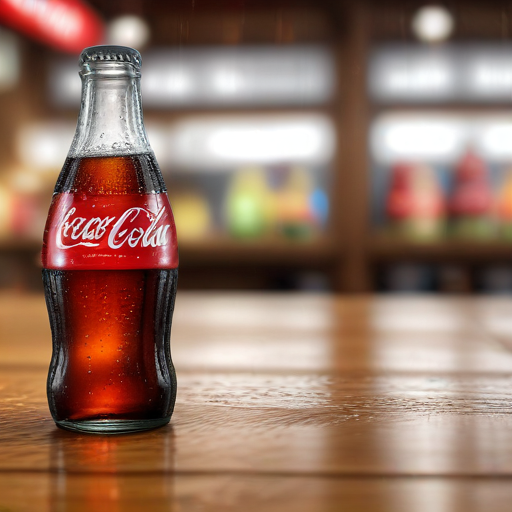Consumers in the U.S. are increasingly gravitating toward weight-loss products and non-alcoholic beverages, which has influenced their purchasing habits regarding sodas. Despite these trends, Coca-Cola announced impressive second-quarter earnings, reflecting strong global demand for its beverages and prompting the company to raise its full-year guidance.
“We are encouraged with our second-quarter results, which delivered solid topline and operating income growth in an ever-changing landscape,” said James Quincey, CEO of Coca-Cola.
However, in North America, the company experienced a slight decline in volume sales of 1% for the quarter. Quincey noted that this decrease stemmed largely from “softness in away-from-home channels,” indicating fewer purchases in places like restaurants and cafes. Nevertheless, the decline was partly offset by the popularity of its Fairlife milk and classic Coke, which ranked first and second in retail sales growth during this period.
To counteract the dip in sales, Coca-Cola is collaborating with food chains to include its sodas in combo meals. Notably, it is working with McDonald’s to enhance the overall appeal of its $5 meal deal, which features a soft drink.
Overall, Coca-Cola surpassed Wall Street projections, reporting $12.4 billion in revenue for the second quarter, equivalent to approximately $0.84 per share, outpacing the anticipated $11.76 billion. The company has now adjusted its forecast for organic revenue growth to a range of 9% to 10%, an increase from its earlier estimate of 8% to 9%.
In contrast, competitors like Pepsi are facing challenges in attracting U.S. consumers who prioritize healthier choices. Pepsi has also attributed its sluggish second-quarter performance to various product recalls.
This scenario highlights both the resilience of Coca-Cola in adapting to market changes and the ongoing shift in consumer preferences toward healthier options. As companies adjust their strategies, it sets the stage for innovation in beverage offerings that could better align with evolving consumer demands.
